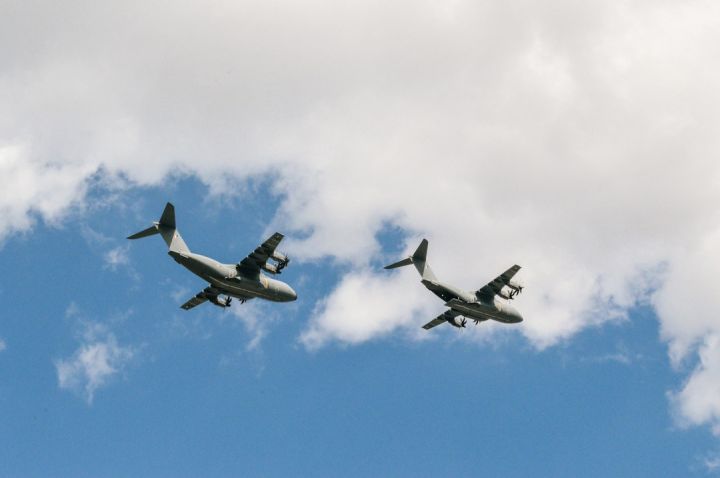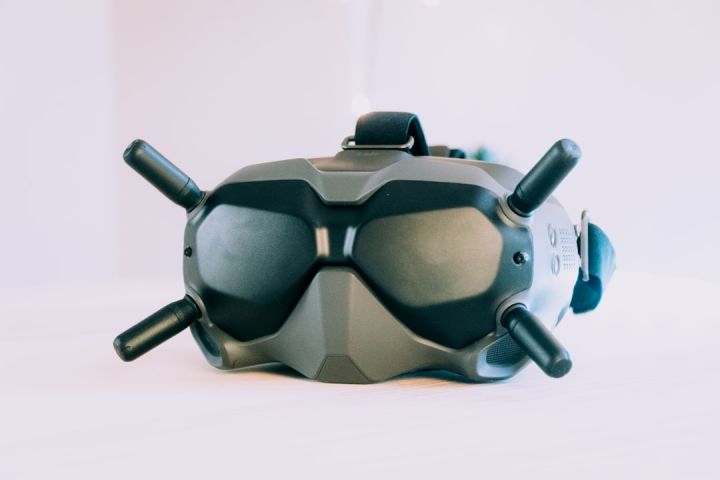What Are the First Steps in Learning to Fly Drones?
Drones have become increasingly popular in recent years, offering a thrilling and unique perspective on the world. Whether you’re interested in aerial photography, racing, or simply enjoying the experience of flying, learning to operate a drone is an exciting endeavor. However, like any new skill, it requires patience, practice, and a solid understanding of the basics. In this article, we will discuss the first steps you need to take when learning to fly drones.
1. Research and Familiarize Yourself with Regulations
Before taking to the skies, it’s crucial to research and familiarize yourself with the regulations that govern drone usage in your area. Different countries and regions have specific rules and restrictions, so it’s essential to understand where and how you can legally fly your drone. Look for local laws regarding altitude limits, no-fly zones, and registration requirements. Additionally, familiarize yourself with safety guidelines to ensure responsible and ethical drone operation.
2. Choose the Right Drone for Beginners
Selecting the right drone for beginners is essential to kick-start your learning journey. Opt for a drone that is specifically designed for beginners, as these models are often more stable, easier to control, and equipped with safety features. Look for drones with features like altitude hold, headless mode, and propeller guards, which can help prevent crashes and make your learning experience smoother.
3. Learn the Controls
Once you have your drone, the next step is to learn the controls. Familiarize yourself with the transmitter/controller and understand what each button and joystick does. Practice basic maneuvers like ascending, descending, forward and backward flights, and left and right turns. Start in an open area with no obstacles to give yourself plenty of space to practice and build confidence. Remember, practice makes perfect, so spend time honing your skills before attempting more complex maneuvers.
4. Understand Flight Modes and Features
Most drones come with different flight modes and features that can enhance your flying experience. Experiment with different modes like GPS mode, which maintains a stable hover, or sport mode, which allows for faster and more agile flights. Additionally, explore features like return to home, which automatically brings your drone back to its takeoff location, and follow me mode, which enables the drone to track and follow you as you move.
5. Practice Basic Flight Skills
Mastering the basics is crucial before moving on to more advanced maneuvers. Focus on perfecting your hovering skills, as this is the foundation for many other flight techniques. Practice maintaining a steady altitude and using the controls to adjust the drone’s position accurately. Once you feel comfortable with hovering, move on to flying in different directions, making smooth turns, and performing basic aerial maneuvers like circles and figure eights.
6. Learn About Battery Management
Understanding how to manage your drone’s battery is vital for maximizing flight time and preventing unexpected crashes. Read the manufacturer’s instructions on battery charging and maintenance. Be mindful of flight time limits and always land your drone with enough battery power remaining for a safe return. It’s also essential to know the symptoms of low battery and how to initiate a safe landing when power levels are running low.
In conclusion, learning to fly drones is an exhilarating experience that requires a solid foundation of knowledge and skills. By familiarizing yourself with regulations, choosing the right drone, learning the controls, understanding flight modes and features, practicing basic flight skills, and mastering battery management, you can embark on your drone flying journey with confidence. Remember, safety should always be a top priority, so fly responsibly and enjoy the thrill of exploring the world from above.







